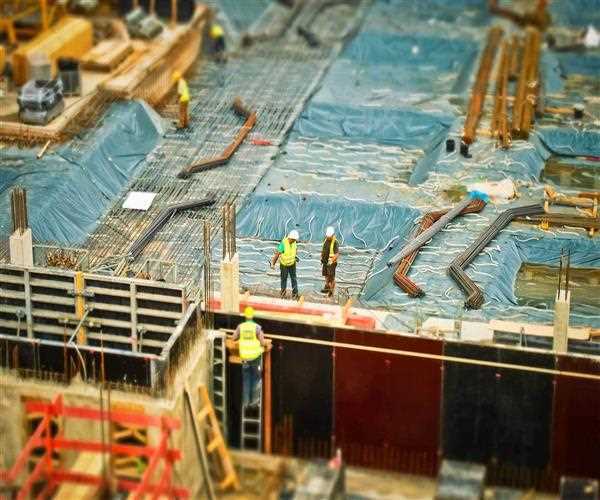The construction industry is significantly advancing with new technological advancements being introduced on a day-to-day basis. Much of the technological advances in the industry are mediated by the need to create better constructions at a subsidized cost, high efficiency, and precision. Being a key sector of every aspect of the global economy, much has been invested in helping develop new construction concepts that can guarantee construction companies and improved efficiency, enhanced safety, and the use of sustainable quality construction material.
Introduction of virtual reality
Virtual reality is the latest additions the technology at the disposal of engineers in the construction industry. The concept of virtual reality as coined out from the gaming industry is allowing engineers to visualize 4-dimensional models of houses and major constructions before they are put up. The 4D virtual reality models give stakeholders in the construction industry, including environmentalists, the opportunity to assess major projects in terms of how they would affect a given ecosystem.
Enhanced virtual reality systems incorporated in the construction industry are allowing engineers to interact actively with virtual models of major projects and assessing how they would perform in reality. For example, the construction of stadiums and auditoriums is now greatly enhanced by virtual reality assessment of issues such as evacuation of people. Engineers can test the position of exits within the stadium and assess how they affect the ability of persons to exit in cases of emergency. This helps contractors come up with the right balance of parameters that ensure the final construction is efficient and safe enough.
Machine learning
The introduction of robotics and their confluence with augmented software systems have led to the development of enhanced machines capable of undertaking precision tasks in the construction site. Robots, in this regard, have been developed with capabilities ranging from maneuvering their way through a complex construction environment to being able to deliver construction material in the precise area where they are needed without human intervention. An automatic crane service in Mississippi, for example, can carry huge loads and pinpoint the exact location of materials to be delivered. This reduces human labor and cost associated with facilitating the efficiency of construction sites.
Augmented reality
Unlike virtual reality, augmented reality gives stakeholders in the construction industry an opportunity to physically interact width 3D and 4D models of a given construction environment. This concept is proving a game-changer as far as the ability of engineers to make assessments in enhanced near-real life situation of constructions is concerned. It allows engineers to walk into a virtual building, make necessary virtual changes, and assess, using actual data, how such alterations affect the integrity and performance of the building. This tech tool can be utilized with other advances in construction technology to help develop prefabricated construction parts with high levels of precision and accuracy.
Wearable technology
Physical devices powered by powerful customized software have also been introduced in the construction industry. Some of the wearable technological gadgets introduced are well designed to improve the safety of construction workers. For example, wearable wrist gadgets allow safety personnel within a construction site to get notified of any potential accidents such as when workers trip or fall. The incorporation of the site gadgets with GPS technology allows the safety expects to pinpoint the exact location of a potential accident, thereby increasing the degree of accuracy when seeking to rescue injured workers. Wearable construction tech devices also come in handy in helping foremen locate the exact position of workers within a complex and enormous construction site, thereby generally improving on resource utilization and workers efficiency.
Conclusion
In conclusion, construction technology is taking over most construction sites by increasing the efficiency of construction workers. Much of the technological advances in this industry have been dedicated to enforcing higher construction standards while improving on worksite safety. This technology is proving a game-changer in helping contractors to deliver quality constructions within the shortest possible period.




Leave Comment